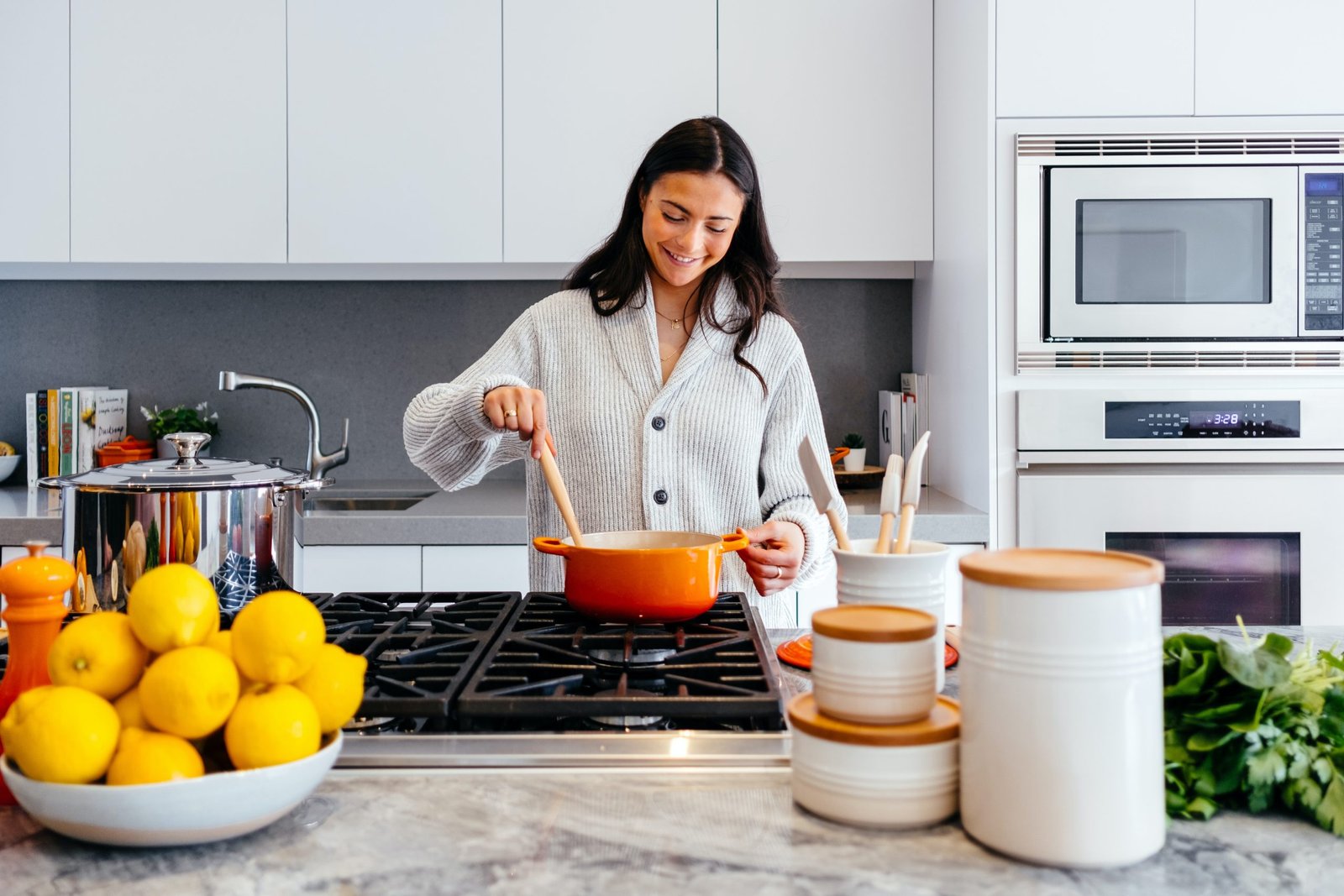The Art of Sous Vide: Precision Cooking at Home
Introduction to Sous Vide: Elevating Home Cooking with Precision
In recent years, sous vide cooking has gained popularity among home chefs looking to elevate their culinary skills. This precision cooking technique, which involves vacuum-sealing food and cooking it in a water bath at a precise temperature, has revolutionized the way we approach cooking. By maintaining a consistent temperature throughout the cooking process, sous vide allows for precise control over the doneness and texture of the food, resulting in perfectly cooked dishes every time.
The Science Behind Sous Vide: Understanding the Technique
At the heart of sous vide cooking lies the science of temperature control. Unlike traditional cooking methods where the heat source is applied directly to the food, sous vide cooking relies on the transfer of heat through the water bath. By setting the water bath to a specific temperature, the food is cooked evenly and gently, without the risk of overcooking or drying out.
The precise temperature control in sous vide cooking also allows for the breakdown of tough connective tissues in meats, resulting in tender and juicy cuts. Additionally, the low cooking temperatures used in sous vide can help retain the natural flavors and nutrients of the food, enhancing the overall taste and quality of the dish.
Essential Equipment for Sous Vide Cooking: A Comprehensive Guide
To embark on your sous vide journey, you’ll need a few essential pieces of equipment. The first is a sous vide immersion circulator, which is a device that heats and circulates the water in the cooking vessel to maintain a consistent temperature. These devices are compact, easy to use, and can be attached to any pot or container.
Next, you’ll need vacuum-sealing equipment to properly seal your food before cooking. Vacuum sealers remove the air from the bag, creating a tight seal that prevents moisture loss and ensures even cooking. If you don’t have a vacuum sealer, you can use the water displacement method, where you partially seal the bag and submerge it in water to push out the air before sealing it completely.
Lastly, you’ll need a container or pot large enough to hold the water bath and the food you’re cooking. It’s important to choose a container that is heat-resistant and can maintain a stable temperature throughout the cooking process.
Mastering Sous Vide Techniques: Tips and Tricks for Perfect Results
While sous vide cooking is relatively straightforward, there are a few tips and tricks that can help you achieve perfect results every time. Firstly, it’s important to ensure that your food is evenly seasoned before sealing it in the bag. Since sous vide cooking doesn’t allow for evaporation, the flavors will be concentrated, so be mindful of the amount of seasoning you use.
Another tip is to pre-sear or post-sear your food to achieve a beautiful crust or caramelization. Since sous vide cooking doesn’t produce the same browning effect as traditional cooking methods, a quick sear in a hot pan or on a grill can add texture and flavor to your dish.
Additionally, it’s crucial to pay attention to cooking times and temperatures. While sous vide cooking allows for a wider window of doneness, it’s important to follow recommended cooking times and temperatures for different types of food to ensure food safety.
Exploring Sous Vide Recipes: From Succulent Steaks to Delicate Desserts
One of the most exciting aspects of sous vide cooking is the wide range of dishes you can create. From succulent steaks to delicate desserts, sous vide opens up a world of possibilities in the kitchen.
For meat lovers, sous vide is a game-changer. Whether you prefer a perfectly medium-rare steak or tender fall-off-the-bone ribs, sous vide allows you to achieve consistent results every time. By cooking the meat at a precise temperature for an extended period, you can achieve the desired level of doneness without the risk of overcooking.
Sous vide is also ideal for cooking delicate seafood, such as salmon or scallops. The gentle cooking process ensures that the seafood remains moist and tender, while the precise temperature control prevents overcooking and preserves the delicate flavors.
But sous vide isn’t limited to savory dishes. It can also be used to create delectable desserts. From creamy custards to silky chocolate pots, sous vide allows for precise control over the cooking process, resulting in perfectly set and velvety desserts.
Sous Vide vs. Traditional Cooking: Pros and Cons for Home Chefs
While sous vide cooking offers many advantages, it’s important to consider the pros and cons compared to traditional cooking methods. One of the main advantages of sous vide is the precise control over the cooking process, resulting in consistently perfect results. This is particularly beneficial for home chefs who want to impress their guests with restaurant-quality dishes.
Sous vide also allows for better retention of flavors and nutrients compared to traditional cooking methods. The low cooking temperatures and sealed environment help preserve the natural flavors of the food, resulting in more intense and delicious dishes.
However, sous vide cooking does have some limitations. Firstly, it requires more time compared to traditional cooking methods. Since sous vide relies on low and slow cooking, it can take longer to achieve the desired level of doneness. Additionally, sous vide cooking requires the use of specialized equipment, such as an immersion circulator and vacuum sealer, which can be an investment for some home chefs.
In conclusion, sous vide cooking is a game-changer for home chefs looking to elevate their culinary skills. With its precise temperature control and gentle cooking process, sous vide allows for consistently perfect results and opens up a world of possibilities in the kitchen. By understanding the science behind sous vide, investing in the essential equipment, and mastering the techniques, home chefs can explore a wide range of recipes and create restaurant-quality dishes in the comfort of their own homes.
